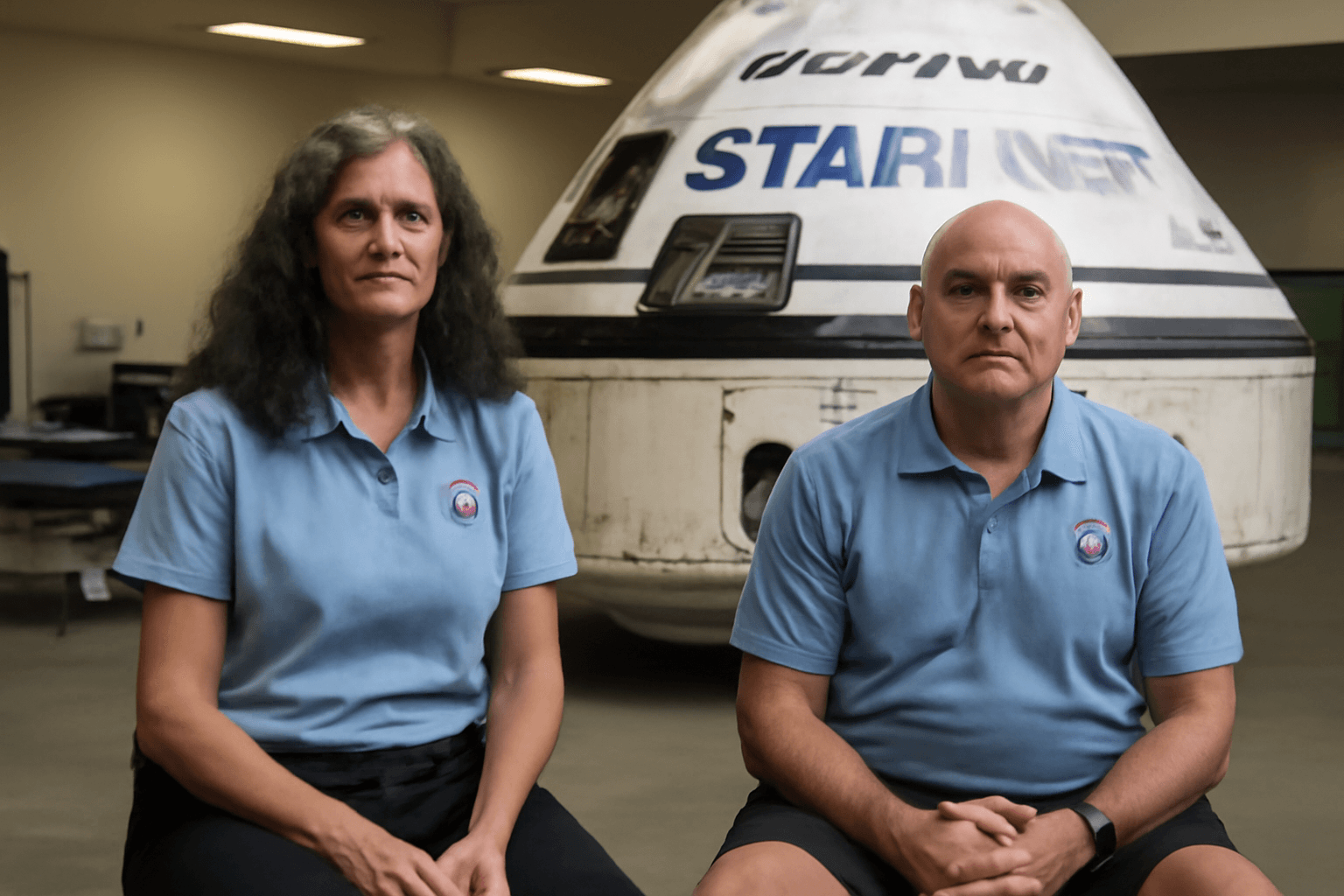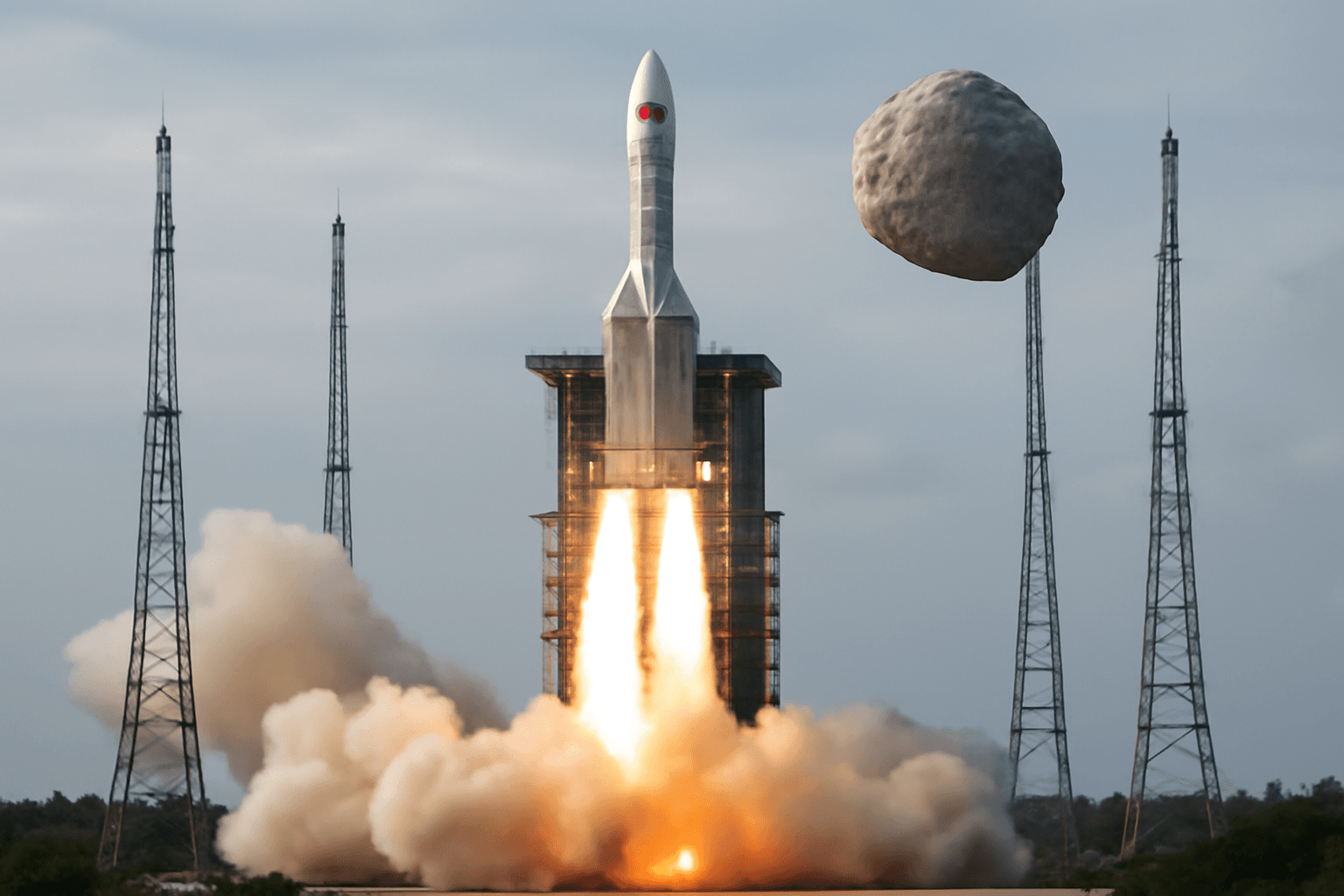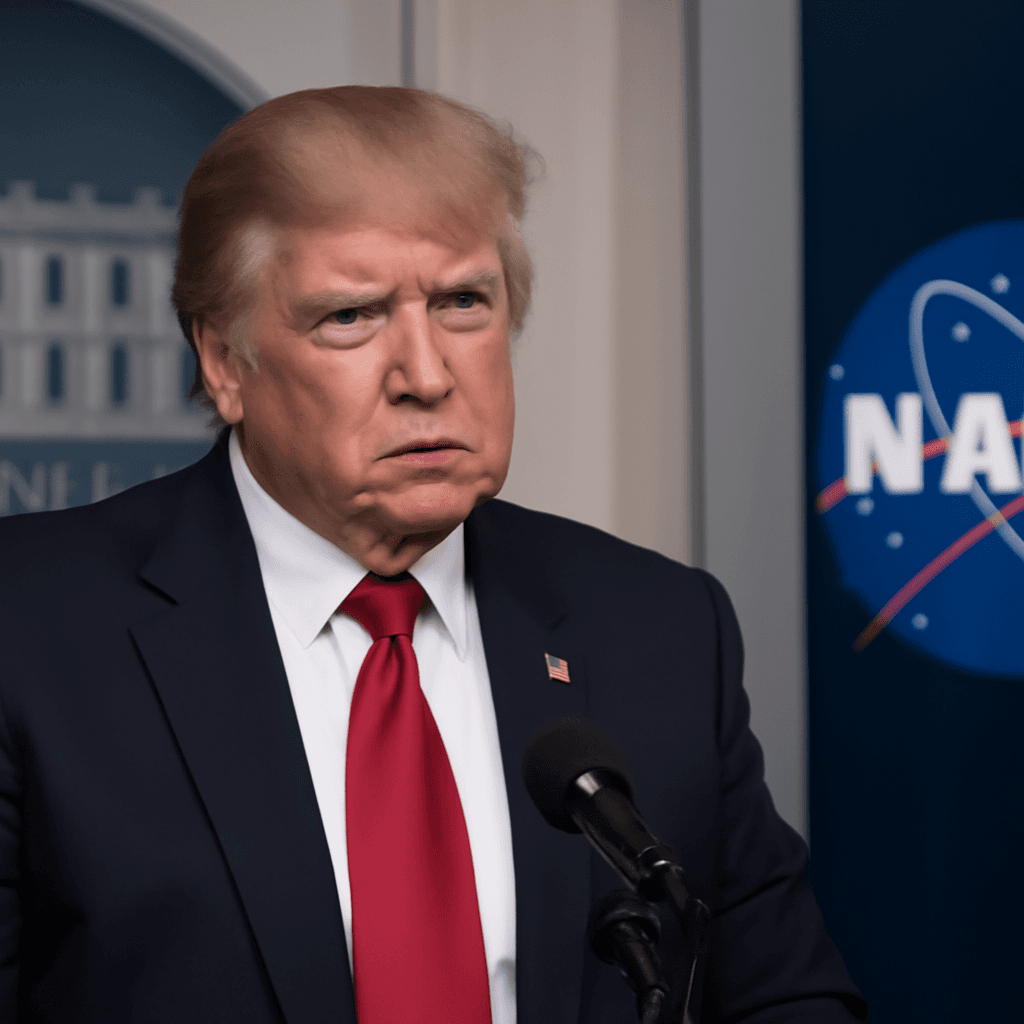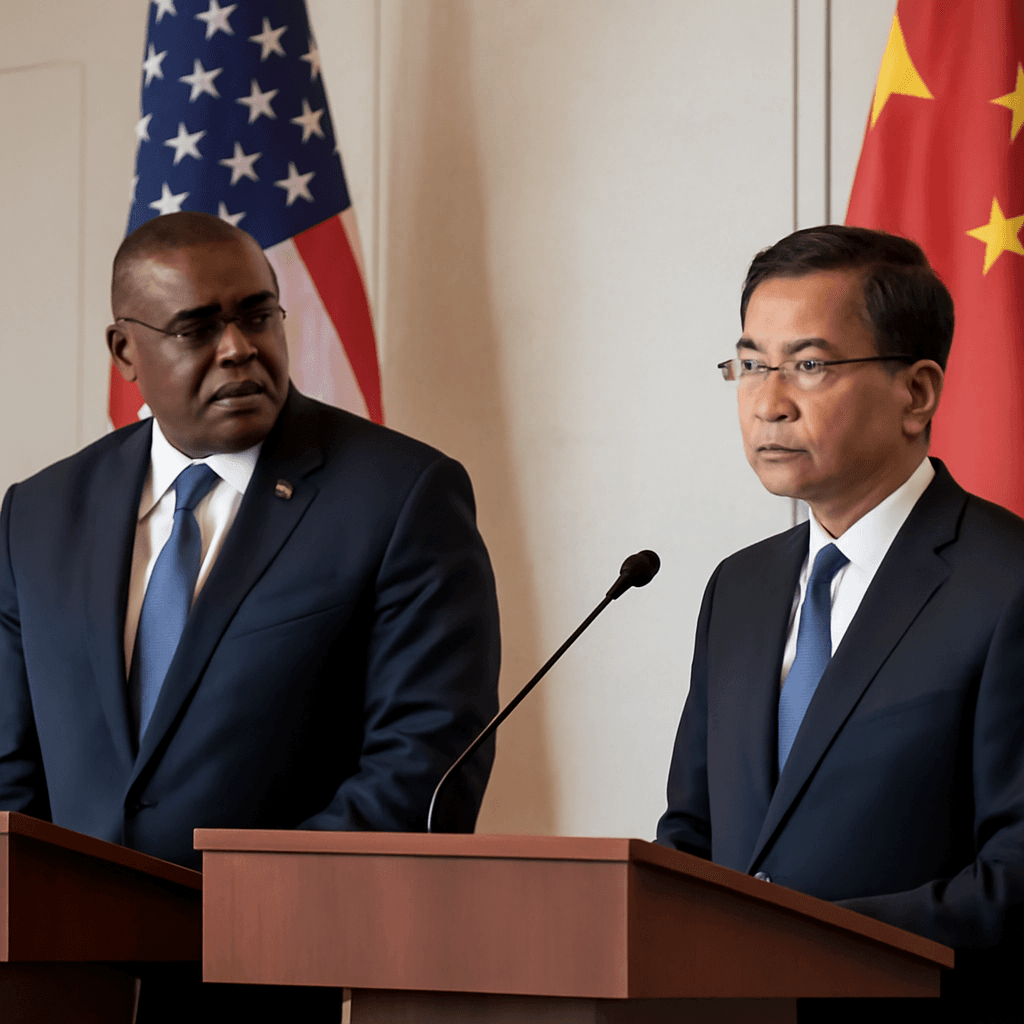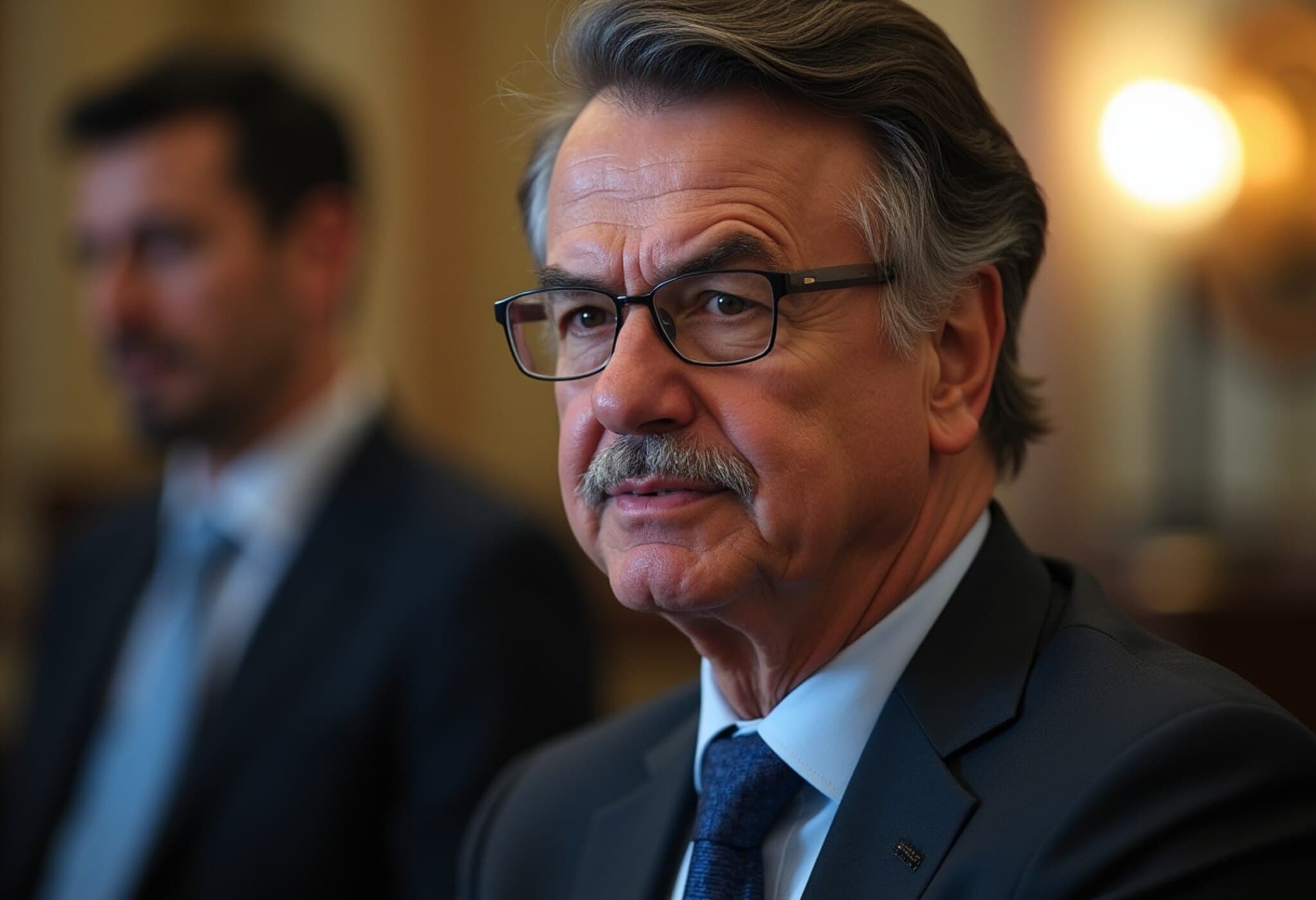Trump Administration Pushes to End NASA’s Critical Carbon Monitoring Programs
In a move stirring concern among climate scientists and environmental advocates, the Trump administration has proposed defunding two of NASA's flagship missions that track atmospheric carbon dioxide and global vegetation health. These include the Orbiting Carbon Observatory-2 (OCO-2), a free-flying satellite launched in 2014, and a high-precision carbon-monitoring instrument installed on the International Space Station (ISS) since 2019.
According to an Associated Press report, President Trump’s 2026 fiscal budget request eliminates funding for the OCO program altogether, signaling a sharp retreat from federal investment in climate observation infrastructure.
NASA’s Rationale vs. Scientific Community Alarm
NASA officials have stated that these missions are being ended because they are "beyond their prime mission" and to "align with the President’s agenda and priorities." However, climate experts and former NASA scientists describe this decision as premature and shortsighted.
David Crisp, a retired NASA scientist who led the development of these observatories, told AP the tools remain the most sensitive and accurate systems globally, calling them “a national asset.” The data they provide has been instrumental in recent breakthroughs, such as revealing the Amazon rainforest as a net emitter of carbon dioxide and showing that vast boreal forests in Canada and Russia are becoming unexpected carbon sinks.
Beyond tracking CO2, these missions detect photosynthesis rates in plants, allowing scientists to monitor drought effects early and forecast potential food shortages — information vital for understanding risks tied to civil unrest and famine.
“This is really critical,” Crisp emphasized. “We’re learning so much about this rapidly changing planet at a time when such knowledge is indispensable for global climate policy.”
Political and Legislative Battles Ahead
Funding for these missions continues through the current fiscal year, ending September 30, 2025. However, the future for OCO-2 and the ISS instrument is uncertain. A House bill reflecting the administration’s budget would discontinue funding, but a Senate draft aims to preserve the missions.
With Congress in recess, many foresee the likelihood of a short-term funding extension or continuing resolution beyond October 1 to avoid a shutdown. Nonetheless, Congressional Democrats warn that canceling or withholding funds from already approved missions could raise legal challenges.
International and Private Sector Efforts to Sustain Missions
Facing potential shutdown, NASA is soliciting external proposals to operate the ISS-mounted instrument beyond NASA’s funding window, inviting collaborations from international partners including Europe and Japan until August 29. Meanwhile, the free-flying OCO-2 satellite may be intentionally de-orbited, burning up upon re-entry.
Scientists like Crisp are advocating for sustained public investment, cautioning that relying on private or philanthropic sources is neither sustainable nor wise. “It’s a really, really bad idea to push this onto private industry or donors,” he argued. “These critical national assets should remain under governmental stewardship.”
Why NASA’s Carbon Monitoring Matters More Than Ever
- Essential Climate Data: Precise measurements of atmospheric CO2 help refine climate models that inform global policy decisions.
- Early Warning System: Monitoring photosynthesis enables better anticipation of droughts, crop failures, and potential food insecurity.
- International Leadership: The U.S. has set a precedent in earth science missions, and cutting funding risks ceding ground to other countries advancing climate observation technology.
Given the intensifying climate crisis, terminating programs that provide unique, high-fidelity data seems counterintuitive, prompting questions about the long-term costs versus short-term budget savings.
Editor’s Note: Navigating the Crossroads of Science and Policy
The Trump administration’s budget proposal to end vital NASA carbon monitoring missions highlights a pivotal tension between political priorities and scientific stewardship. These missions not only deepen our understanding of Earth’s changing climate but also support global efforts to manage environmental risks proactively.
As Congress deliberates funding decisions amidst partisan divides, the broader implication is clear: decisions made today about climate science investments will echo for decades to come. Will the U.S. continue to lead in climate monitoring, or allow critical knowledge gaps that could impede effective responses to a warming planet?
For readers and policymakers alike, this juncture underscores the urgent need to balance fiscal responsibility with the undeniable necessity of scientific insight — especially when the stakes involve humanity’s environmental future.











